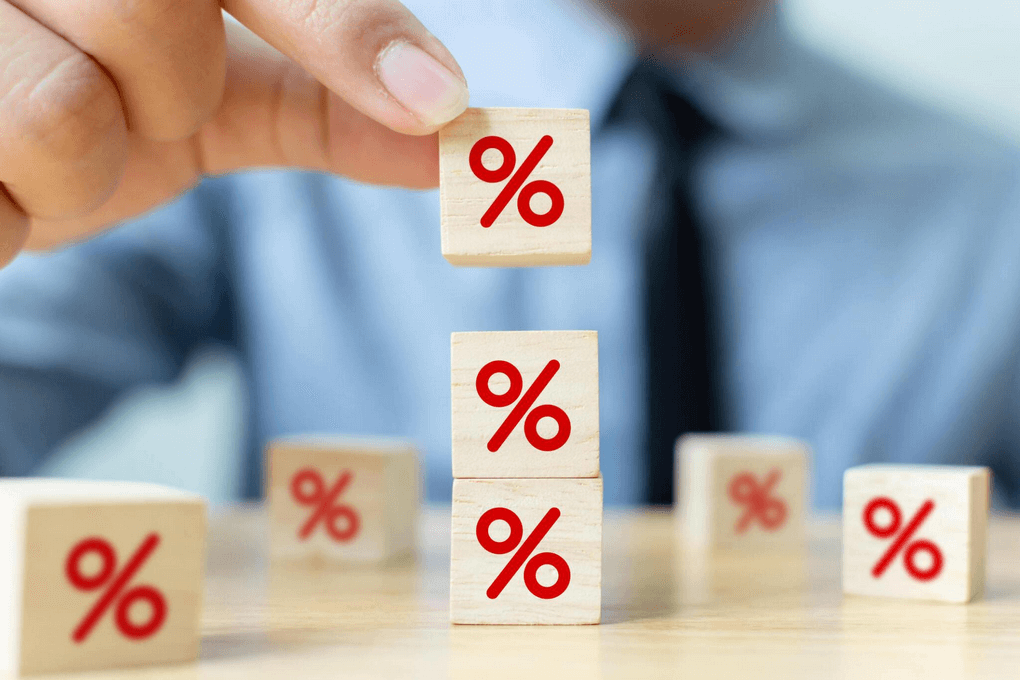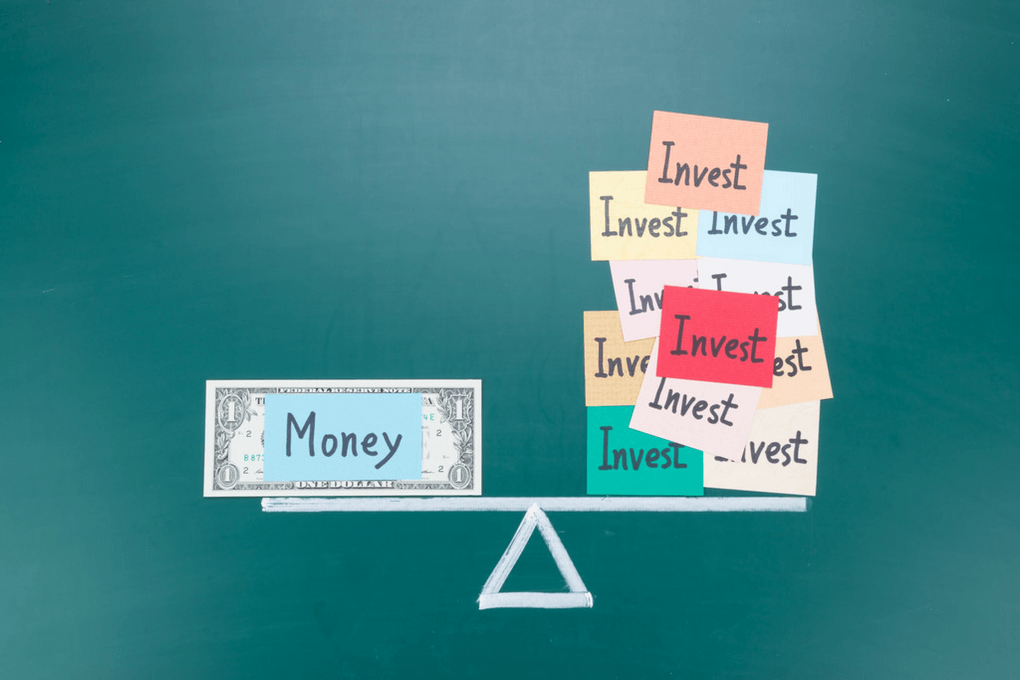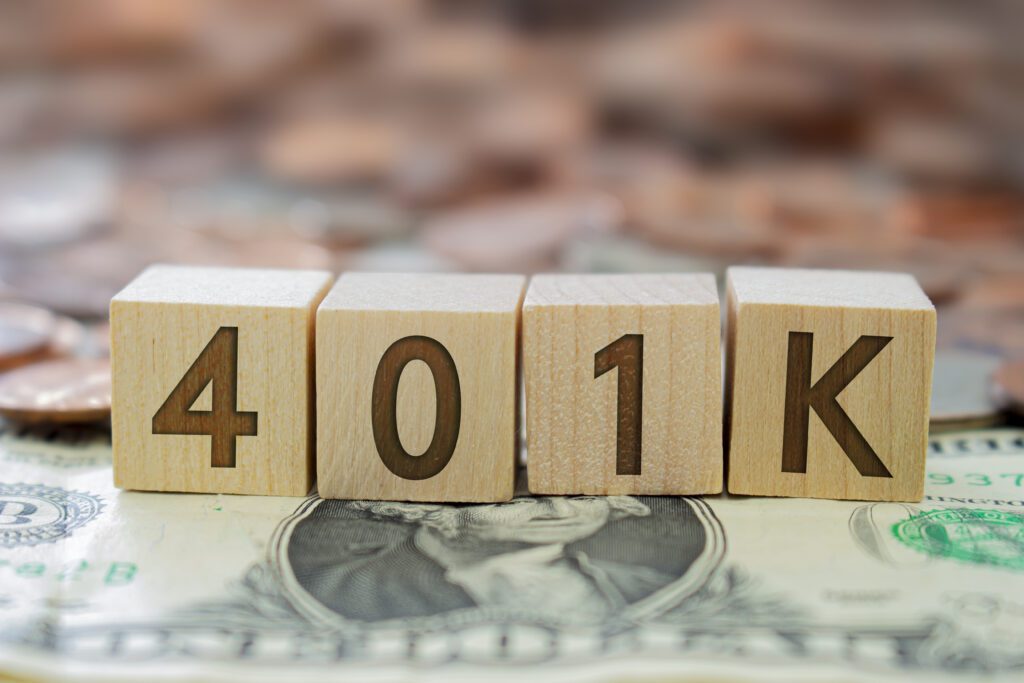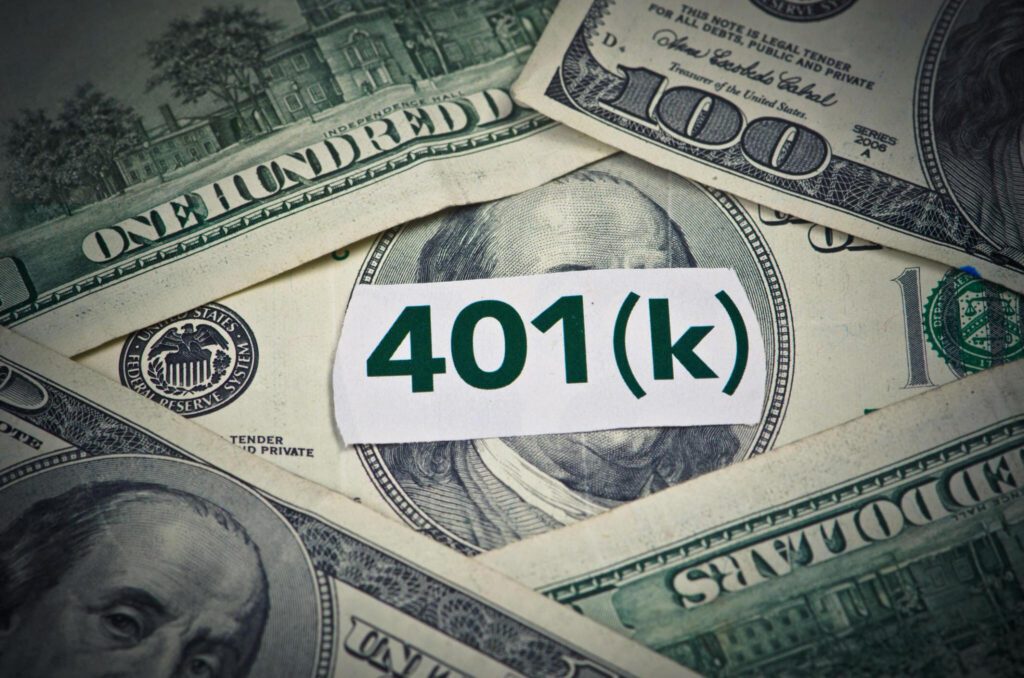Higher interest rates matter for savers who have struggled to grow their money over the past decade due to rock-bottom rates. Saving money provides stability and options by allowing major future purchases, withstanding unexpected expenses, and funding retirement. Emergency funds, college tuition, and starting a business all become more achievable when interest rates rise and savings can accumulate faster. Families benefit from the safety net and possibilities savings provide.
Higher yields on savings accounts, CDs, bonds, and other traditionally low-risk deposit products will allow savers to earn better returns. This means the accumulation of interest income at faster speeds. Compounding growth over months and years can dramatically impact the final savings outcomes for households.
In addition, higher returns provide inflation protection and encourage more savings. Let’s examine why interest rate hikes represent good news for U.S. savers.

Financial Rewards and Returns
Earn More Interest Income
At its most basic level, the relationship between interest rates and savers comes down to math. When rates on deposit accounts rise, the interest earnings credited to those accounts also increase. Consider a savings account with a $10,000 balance. At 2% APY, this would generate $200 in interest over 12 months. However, at 5% APY, the annual interest jumps to $500. While borrowing costs rise with higher rates, savers come out far ahead thanks to accounts specifically designed to pay interest to the customer.
This dynamic plays out across all deposit products. Savings accounts, CDs, money market funds, and more offer higher returns directly in response to a rising rate environment. Those returns then compound as long as accounts remain open and active. Over months and years, compound growth starts to take off and accelerate thanks to reinvested interest.
Higher Yields on Low-Risk Investments
In addition to standard savings products, rates impact conservative investments, too. These include short-term bonds, high-grade corporate debt, annuities, and other lower-volatility assets. An upward shift in yields across fixed-income markets and guaranteed insurance products enables savers to lock in better returns for their portfolios without taking on much risk.
While equities grab most of the attention, fixed income allocation is essential, especially for those approaching retirement. Higher yields let investors shape portfolios that still avoid most stock market turmoil yet can now keep pace with inflation. This provides critical retirement preparation and longevity protection. The charts below demonstrate how significant yield differences on 10-year U.S. Treasury Bonds over time add up through compounding effects:
Fighting Inflation with Higher Interest Rates
Protecting Purchasing Power
Inflation erodes purchasing power over time by causing the prices of goods and services to increase. Even at relatively modest annual inflation rates compounding over years and decades, money slowly loses value. This steady decline in real purchasing power threatens savers the most.
While rising interest rates can eventually help combat inflation, it currently takes a while for deposit returns to catch up. In 2023, with inflation hovering around 3.1%, even some of the high-yield savings accounts may not fully offset the erosion of purchasing power.
However, the Federal Reserve’s recent rate hikes are pushing savings account yields upwards. Accounts offering around 3% are becoming more common, and some may even approach 4%. If inflation remains within the projected 2-3% range in 2024, these yields could potentially outpace inflation, providing savers with a positive return and helping them maintain purchasing power in the long run. This could make earning interest a more effective way to mitigate the long-term impact of inflation.
Provide Room for Rising Prices
Many economists expect inflation to remain elevated for years to come compared to the low 2010s rates. Whether from recurring supply chain turmoil, rising wages, or fluctuating consumer demand, various structural and macroeconomic factors support persistent inflation. Even if the Fed achieves its 2% target rate, prices may rise faster with 3-4% annual inflation.
Higher interest rates give savers a bit of wiggle room in this environment. For those relying on fixed incomes or carefully budgeted spending in retirement, maintaining savings returns above inflation protects finances. Guaranteed interest incomes over inflation allow savings balances and, thus, future spending power to keep pace with these rising prices.
This prevents savers from constantly falling behind inflation and eroding purchasing power year after year. Especially for retirees, this flexibility helps assets last longer.
Encouraging Saving with Higher Interest Rates
Appealing Deposit Rates
Higher interest rates directly motivate increased savings thanks to more attractive returns on accounts explicitly designed for savers. This appeals to our behavioral preferences. With savings accounts and CDs yielding 4-5% instead of under 1%, future returns become very tangible upfront at the time of deposit.
Seeing thousands of dollars in interest guaranteed in advance makes committing to regular deposits more appealing. Without immediate rewards, people often struggle to save or prioritize near-term spending consistently. Higher interest rates flip this script by putting the incentives to save upfront.
There’s also the psychological framing of savings as an earning asset instead of a storage vessel. It is motivating the continued growth of balances, almost like a risk-free investment product anyone can understand.
Building Saving Momentum
This incentive and framing combine to prioritize saving money with more significant returns. When CD rates hit 5%, 6%, or even 7%, earning interest income becomes too substantial to ignore. Family budgets automatically shift deposits into high-yield savings accounts instead of checking or unattractive options.
As consumers move more funds into savings products, it kickstarts a beneficial cycle. Existing savings earn higher returns, growing balances faster. Which then makes MORE returns. They are encouraging additional deposits to repeat the cycle. Saving begets more saving. They are successfully building momentum and financial cushion.
Higher returns also enable savers to achieve goals quicker. This could mean hitting retirement contribution targets faster or building an emergency fund large enough to cover six months of expenses in just a few years. Hitting these meaningful milestones reinforces positive saving habits over the long term.
Other Beneficiaries of Higher Interest Rates
Retirees/Fixed Income
Retirees and others living on fixed incomes benefit significantly from higher interest rates. First, given retirement often lasts decades, guaranteed returns above inflation are crucial for making savings stretch the distance. Protecting principal through consistent returns enables limited retirement resources to maintain purchasing power over total life expectancies. Each year, a few percent more income accumulates substantially on large retirement portfolios, creating security through reliable compound growth.
There are also implications for systematic withdrawals from retirement accounts. As higher returns increase account balances, withdrawal rates can decrease. This makes assets last longer through improved sustainability. Rather than pulling out 4-5% of the portfolio yearly, higher-yielding savings may only require 2-3% withdrawals to fund living expenses. Reducing depletion rates leaves more savings working longer into the future – an advantage of more significant retirement account balances.
Finally, if retirees need to return to fixed-income work, higher rates reward bond ladders, annuities, and conservative market holdings. This gives seniors more low-risk options to create income streams. Overall, rising rates empower thoughtful retirement planning and financial stability.

Final thoughts
After over a decade of rock-bottom interest rates, savers stand to benefit tremendously from current rising rate conditions. Through increased interest earnings on deposits, inflation protection, and incentives to save more, higher yields offer an upside for personal savings crucial to so many households.
While challenging for overextended borrowers when financing costs rise, savings accounts paying 4-6% represent an excellent opportunity for consumers to leverage guaranteed returns over time. Thanks to monthly compounding, interest accumulates faster at these elevated rates compared to the last ten years.
For savers preparing for retirement, saving for a house, or building an emergency fund, having the ability to grow money reliably without much risk is an advantage to embrace in 2023’s rising rate economy. We recommend shopping around savings and CD accounts for the highest yields to take full advantage while rates remain attractive. Committing savings now into high-return deposit accounts will repay households for years down the road.
Disclaimers: This information is intended for general educational purposes and should not be construed as financial advice. Please consult with a qualified financial advisor before making any investment decisions. Interest rates and inflation are subject to change, and the potential benefits described may not be guaranteed. Past performance is not necessarily indicative of future results. While this article strives to provide accurate information, it’s important to remember the inherent limitations of economic forecasting and individual circumstances. Always conduct your research and consider seeking professional guidance for personalized financial strategies.
How much will my savings grow with higher interest rates?
It depends on several factors, including the current interest rate on your savings, the new interest rate you earn, and the amount of time your money is invested. However, even a slight increase in interest rates can lead to significant growth over time due to compounding. For example, a $10,000 savings account earning 2% interest would generate $200 annually. At 5% interest, that same account would earn $500.
Will higher interest rates help me keep up with inflation?
This depends on the level of inflation and the interest rate you earn. If inflation is 3% and your savings account reaches 4%, you’ll still see a slight gain in purchasing power. However, your savings will still lose value if inflation exceeds your interest rate.
Are there any risks associated with higher interest rates?
While higher interest rates benefit savers, they can make borrowing more expensive, potentially impacting businesses and consumers who rely on loans. Considering the broader economic context and individual circumstances before concluding is essential.
What types of savings accounts benefit most from rising rates?
Savings accounts with variable interest rates will typically adjust more quickly to reflect rising rates, offering faster growth. Certificates of Deposit (C.D.s) may also benefit, but locking into a fixed rate could mean missing out on even higher rates later.
How can I take advantage of higher interest rates?
Shop around for savings accounts and CDs offering the highest yields. Consider moving some funds from low-interest accounts to higher-yielding options. Remember, even small increases in interest rates can make a significant difference over time, so taking action now can benefit your future financial goals.

